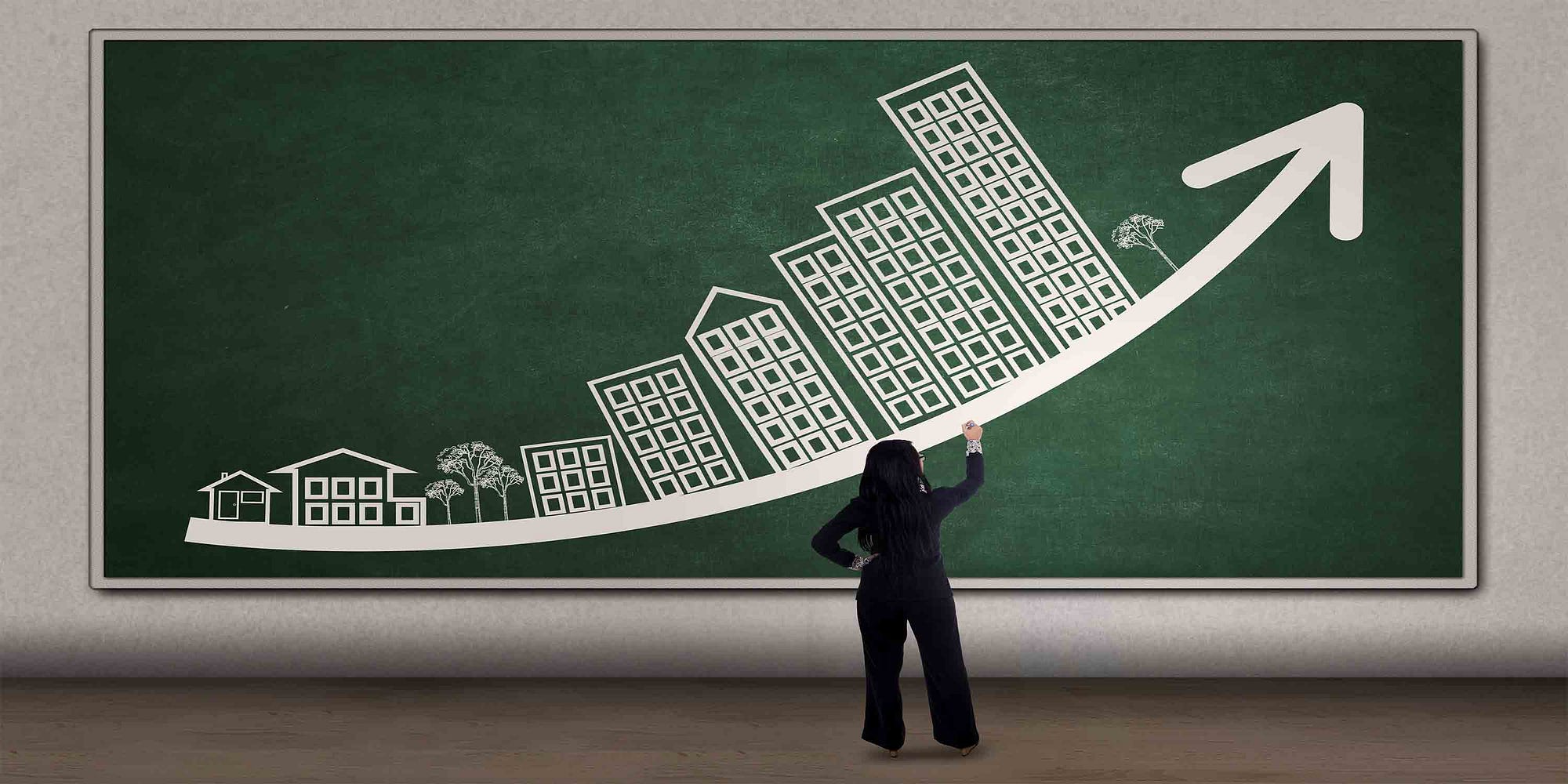

What is a Good Cash on Cash Return for an Investment Property?

You would rarely hear anyone talk about cash on cash return outside the world of real estate investing. Most other investments such as stocks are evaluated by the return on investment (ROI), not the cash on cash return. In order to calculate the ROI, you need to know all the money that you made from an investment in addition to the cash that you invested. However, you cannot possibly know how much a rental property will bring you in total before you sell it. Thus, it does not make much sense to talk about ROI when deciding whether to purchase a certain investment property or not.
Instead, the most popular and easy metric to use in real estate investing is the cash on cash return. Also called the equity dividend rate, the cash on cash return is calculated by dividing the cash flow (the net operating income) (before tax) by the amount of cash initially invested.
Formula:
Cash on cash return = net operating income/total cash investment
The net operating income (NOI) is simply the annual rental income minus the operating expenses.
The total cash investment is all the cash that you have to pay in order to make your rental property operational. This means, the amount of money to pay to purchase it, closing costs, rehab costs, and loan fees (if you take a loan from the bank).
Let’s look at an example which will hopefully make things clearer.
Example: No loan
So, you buy a rental property that costs $250,000, and you pay the full amount in cash (yes, you are one of those few lucky people who have $250,000 available to invest in real estate). You need to pay another 5% in closing costs and rehab costs. Don’t forget to factor the rehab costs in. It doesn’t make sense to calculate the cash on cash return on your property if you ignore this cost because you cannot rent it out if it’s not in good condition. So, these add up to $12,500 in additional costs. Thus:
Total cash investment = $250,000 + $12,500 = $262,500.
You can charge $2,100 of rent per month for your rental property. So,
Annual rental income = 12 x $2,100 = $25,200
Estimating the operating expenses at a third of the rental income is fair, so this will leave you with:
NOI = 2/3 x annual rental income = 2/3 x $25,200 = $16,800
Cash on cash return = NOI/total cash investment = $16,800/$262,500 = 6.4%
So, the cash on cash return which you could generate from this rental property is 6.4% in case you paid the entire price in cash.
Example: With a Loan
Now let’s face it. How many of us can actually take $262,500 out of their pockets to pay for a rental property in cash? Not that many, right? That’s why we should also look also at the more realistic scenario in which a real estate investor needs to take a loan from the bank to finance the purchase of his/her rental property.
In order to allow us to compare the two cash on cash return rates (without a loan and with a loan), we will consider the same property as above.
So, we are buying the $250,000 rental property and pay 25% in cash as a down payment:
Down payment = 25% x $250,000 = $62,500
We include the same closing and rehab costs of 5% of the total value, adding up to $12,500. Now:
Total cash investment = $62,500 + $12,500 = $75,000
Don’t get confused at that stage. When calculating the cash on cash return, we only take into consideration the cash money that we pay right away, which means the down payment. You should not include the bank loan here.
Now we need to calculate the NOI. In addition to the rental income (with a plus) and the operating expenses (with a minus), we have to add the debt service to the equation (with a minus). Assuming an 8% interest loan yields:
Debt service = 8% x $187,500 = $15,000
So:
NOI = $16,800 — $15,000 = $1,800
To get the new cash on cash return, simply:
Cash on cash return = NOI/total cash investment = $1,800/$75,000 = 2.4%
Thus, the cash on cash return which you will generate from this rental property if you take a bank loan for 75% of the price is 2.4%.
However, just because in our example the loan dropped the cash on cash return significantly, it doesn’t mean that this will always happen. Sometimes taking a loan can actually increase the cash on cash return, it all depends on the price, the loan amount, the expected monthly rent, etc.
Experts disagree on the numbers. Some say that anything above 8% is good, and that they aim for something in the range 8–12%. Other investors would not even bother think about a rental property if it doesn’t promise them a cash on cash return of 20%. The cash on cash return also varies from one kind of property to another, and from one location to another.
When you search for a rental property on Mashvisor, just click on a property or a neighborhood to see the cash on cash return for traditional rent as well as Airbnb.
Because the cash on cash return is a simple metric, it does not tell us everything about a rental property. For example, it does not factor in appreciation or tax benefits. Thus, it is only an indication whether a real estate investment could be a good idea or not. However, before making the final decision, you have to conduct a more sophisticated, in-depth analysis to guarantee the return that you are looking for.

Comments